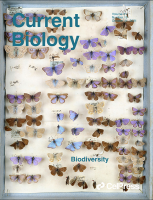“The fossil record is the primary source of information on how biodiversity has varied in deep time, providing unique insight on the long-term dynamics of diversification and their drivers. However, interpretations of fossil record diversity patterns have been much debated, with a traditional focus on global diversity through time. Problems arise because the fossil record is spatially and temporally patchy, so ‘global’ diversity estimates actually represent the summed diversity across a set of geographically and environmentally distinct regions that vary substantially in number and identity through time. Furthermore, a focus on global diversity lumps the signal of ecological drivers at local and regional scales with the signal of global-scale processes, including variation in the distribution of environments and in provincialism (the extent of subdivision into distinct biogeographic regions). These signals cannot be untangled by studying global diversity measures alone. These conceptual and empirical concerns necessitate a shift away from the study of ‘biodiversity through time’ and towards the study of ‘biodiversity across time and space’. Spatially explicit investigations, including analyses of local- and regional-scale datasets, are central to achieving this and allow analysis of geographic scale, location and the environmental parameters directly experienced by organisms. So far, research in this area has revealed the stability of species richness variation among environments through time, and the potential climatic and Earth-system drivers of changing biodiversity. Ultimately, this research program promises to address key questions regarding the assembly of biodiversity, and the contributions of local-, regional- and global-scale processes to the diversification of life on Earth.” See more in Current Biology

